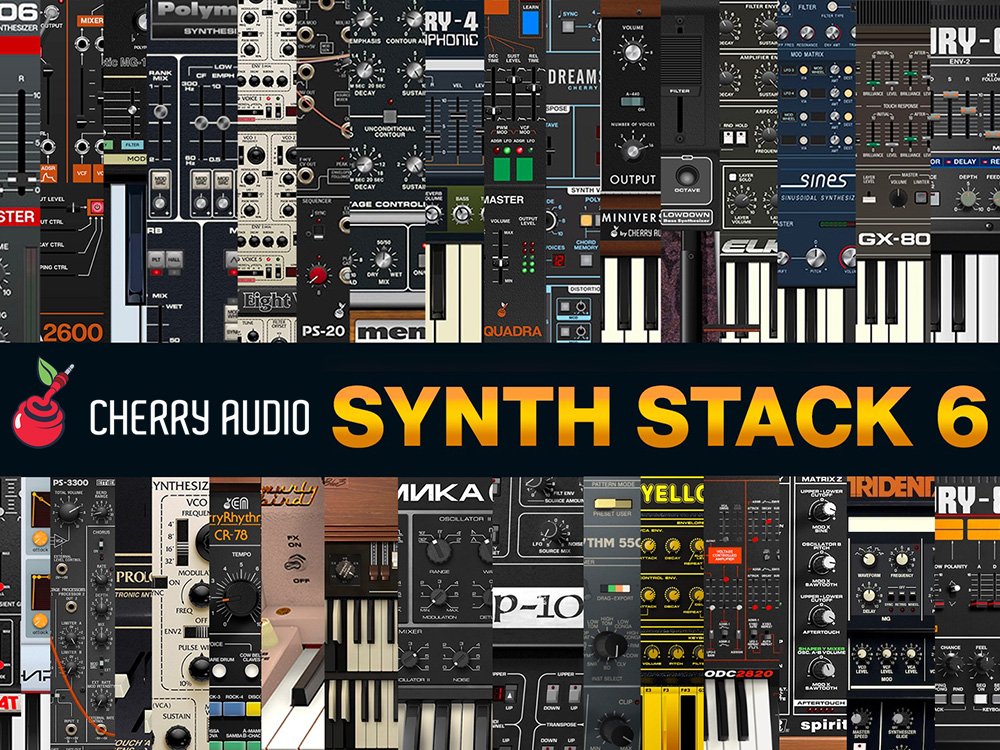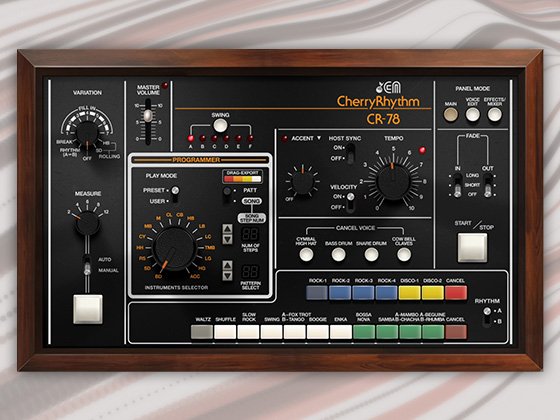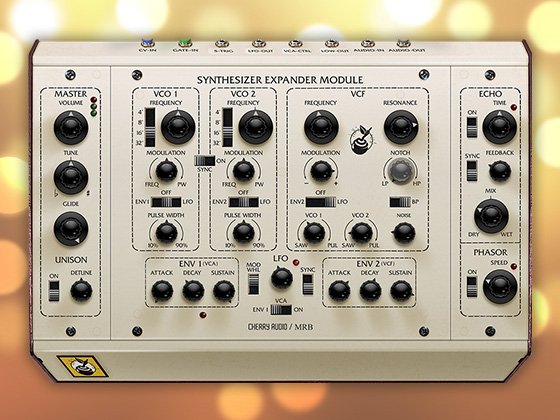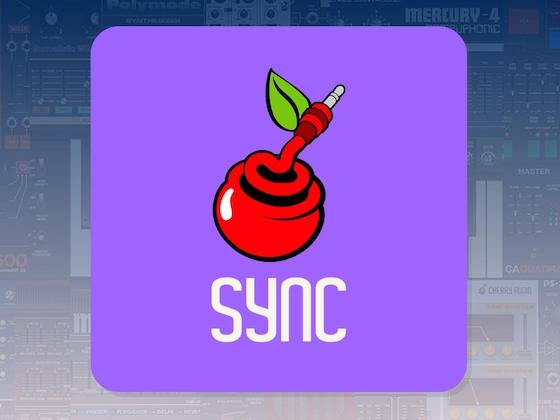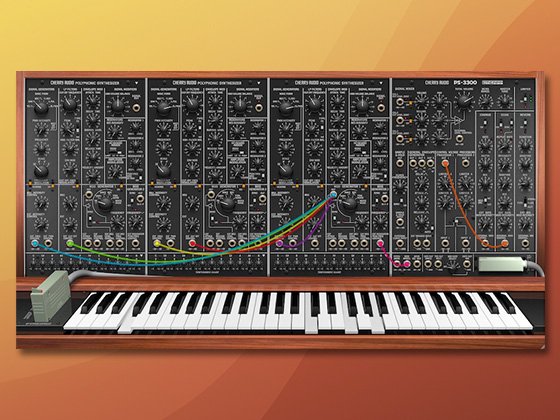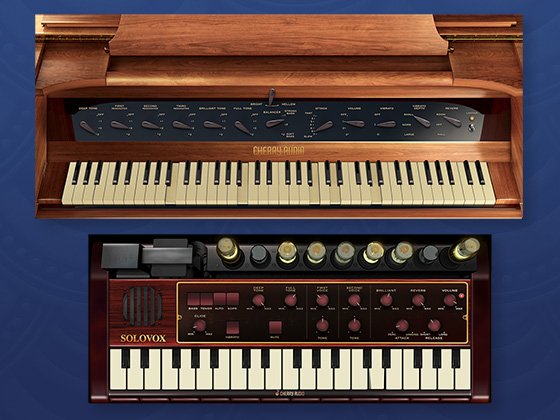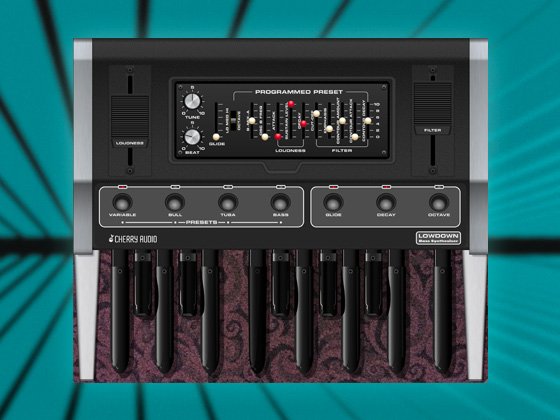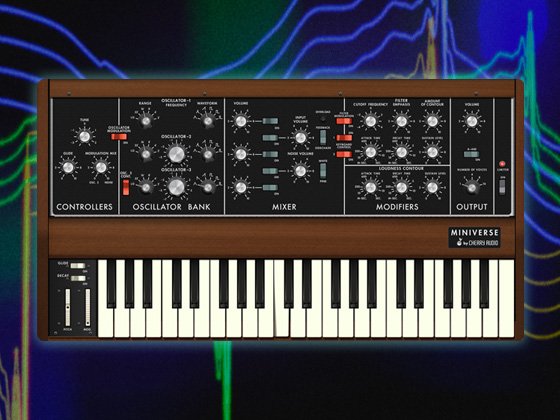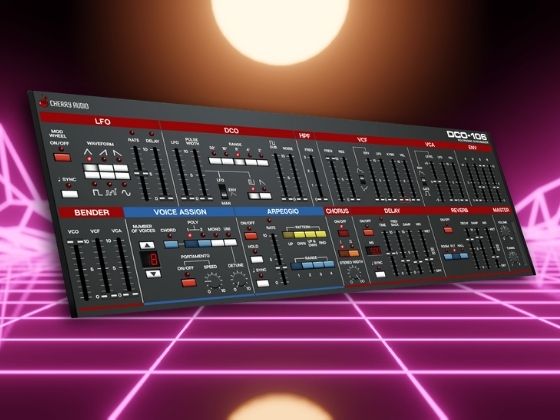$39.00
See adroitsynthesis.com/granular-synth for full details.
This bundle includes the Adroit Granular Synth module plus...
- GS MIDI X a MIDI expander designed with keyboard players in mind - adding multiple-voice support, polyphonic aftertouch and keyboard splits.
- GS Multiplex an expander with multi-timbral capabilities that's great for creating complex layered sounds. It also serves as an ideal bridge between the Granular Synth and the N-Step sequencer.
Also included in the bundle are three supporting modules from LSSP XL that provide a means of generating chord and scale information for the synthesizer's quantization, arpeggiation and granular chord facilities:
- Chord Memory allows you to program your own chords and scales using either virtual or physical keyboard input.
- Chord provides you with a wide range of preconfigured chords.
- 8 to 1 Poly Switch lets you switch between chords in order to generate chord progressions.
The main module is a granular synthesizer that works on either pre-recorded audio files or input captured using an integrated recording facility.
WAV, MP3, AIFF and OGG file formats are supported so you can load up just about any sample you can lay your hands on.
A major component of the module is a buffer that holds a segment of audio. A waveform display shows a view of this buffer along with other information.
The waveform display shows a mono representation of the buffer content but the Granular Synth is otherwise fully stereo capable.
A grain is a (generally quite brief) sample of sound extracted from somewhere in the buffer. Individual grains can be manipulated in various ways – they might be shifted in pitch, have their level adjusted, optionally be played backwards, have an envelope shape applied, be assigned different stereo positions and amounts of reverb.
Many different grains may be layered on top of each other to create a complex texture called a cloud.
Clouds consisting of up to 500 simultaneous grains can be supported providing sufficient CPU power is available.
The generation of a grain is called seeding and this can be done at a regular rate, pseudo randomly or on receipt of an external trigger. Seeding rates can vary from perhaps just once or twice a second all the way up to audio-rates.
At a higher level of organization an envelope contour can be applied to the entire grain cloud. Filtering and compression are also built-in.
Regular one volt per octave control of pitch shifting is available along with quantization to scales and chords. In addition novel grain pitch sequencing features allow clouds to be easily organized to form granular chords.
The Granular Synth also features something called ATQ (Automatic Transient Quantization) that enables you to automatically slice a rhythmical sample into pieces and reassemble it in new ways.
An important aspect of granular synthesis is the modulation of the various parameters. Internal random and periodic modulation is available but each parameter can also be individually controlled by an external CV signal.
Note that the parameters for a grain are sampled at the instance that it is seeded and remain fixed during its lifetime. So for example if the pitch parameter is being swept up and down then rather than the pitch of all active grains changing in tandem each grain keeps the pitch shift setting that was current at the point of its creation – producing a polyphonic arpeggio effect rather than a unison siren.
First Encounter
The following video should give you an idea of what your first ten minutes of experimenting with the Granular Synth module on its own might be like. It's not meant to be a polished demo nor is it intended to show off all of the features.
This uses a slightly earlier version of the Granular Synth but none of the fundamentals have changed.
Second Encounter
After a few days (especially if you check out the extensive documentation and download the example presets) you should be able to produce something like the sounds featured in the following video.
This video demonstrates patches that are still relatively simple but hopefully it gives you an idea of what's possible.
N-Step + GS Multiplex + Granular Synth
An ambient demo showing N-Step, GS Multiplex and Granular Synth modules working as a team. If you are interested in learning more about this patch you might like to check out this article (although without reading up on the wider context the technical detail might not make a great deal of sense).
Skins
On using the included Chord Memory, Chord and 8 to 1 Poly Switch modules for the first time they will use the default "Classic" skin from LSSP. However you can make them look more like the Granular Synth by right clicking on the ~Adroit~ logo at the bottom of each module. This only needs to be done once as the setting is remembered.
Breakout Module
An optional add-on module called GS Breakout is available that expands the range of what you can do with the Granular Synth in a Voltage Modular patch. It is sold separately rather than included in the bundle in order to make the Granular Synth more affordable.
14 Day Trial Period
The Quick Start Guide will get you up and running in no time but the Granular Synth is extremely deep, so the free demo will run for a full two weeks before expiring. This gives you time to check out the documentation, download the demo presets and start to get a proper feel for the potential.
Polyphonic utilities | Adroit Synthesis
Polyphonic utilities | Adroit Synthesis
Switches | Adroit Synthesis
MIDI | Adroit Synthesis
Utility | Adroit Synthesis
Instruments | Adroit Synthesis
Title of Song
-
Tension
-
RandomGuitar
-
Thrash
-
Floating2
-
MarsCrash
